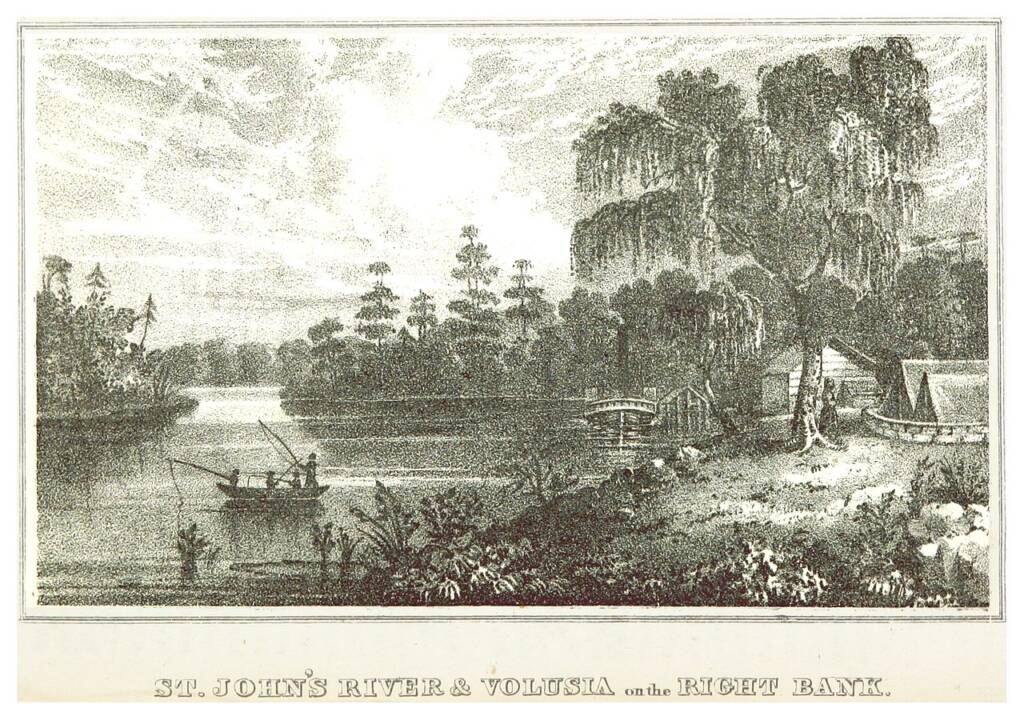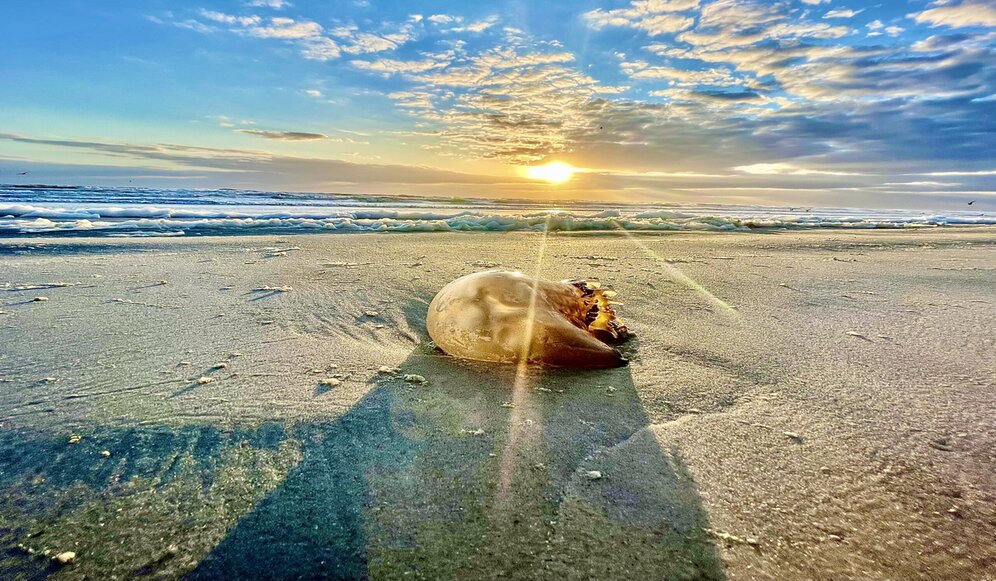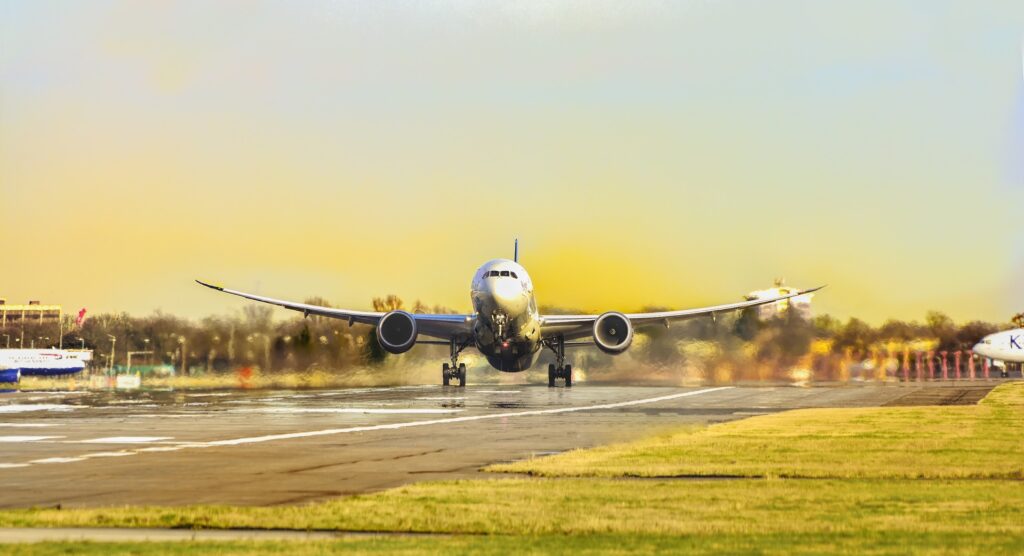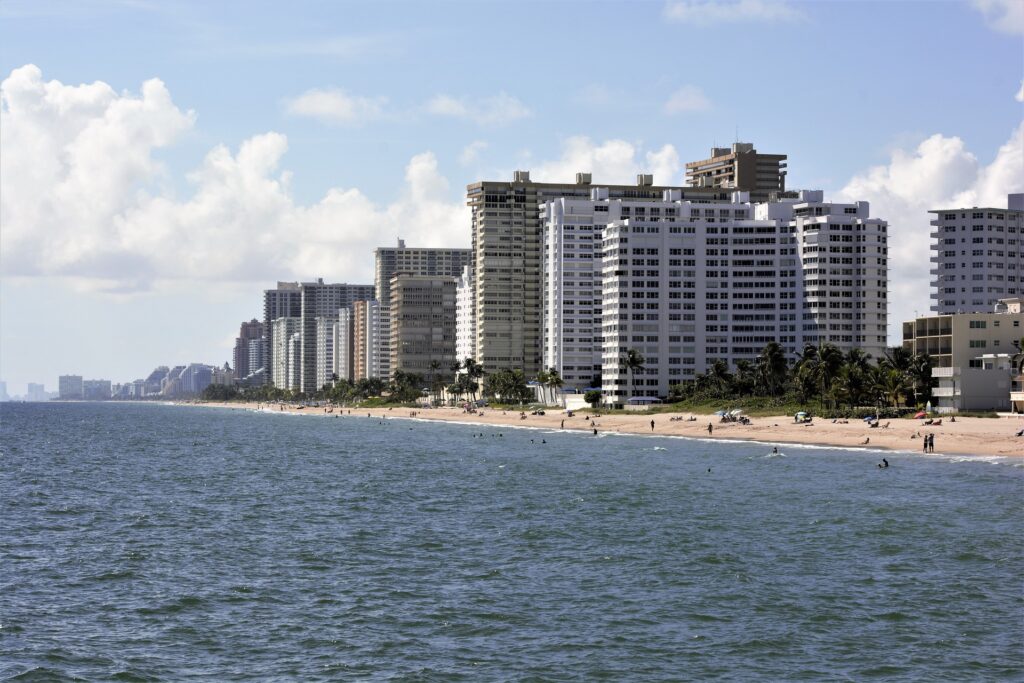History of Volusia County
Volusia County is a county located in the east-central part of the U.S. state of Florida. It is situated along the Atlantic Coast, and is home to a number of popular tourist destinations, including Daytona Beach and New Smyrna Beach. It is definitely a growing area as people learn about what a great place to live it is. The 2020 census showed that the county is home to over 553,000 people, an increase of about 12% from the previous census in 2010.
The county has a total area of 1,432 square miles, of which 1,101 square miles are land and 331 square miles are covered by water which is about 23% of the area.
Volusia County is roughly the size of the state of Rhode Island, and is 50 miles northeast of Orlando and 89 miles south of Jacksonville. It is common to witness rocket launches in Volusia County because the Kennedy Space Center is only 60 miles away.
The history of Volusia County dates back thousands of years, to the time of the earliest human inhabitants of the region. The county was home to a number of Native American tribes, including the Timucuan and Ais Indians, who lived in the area for centuries before the arrival of Europeans.
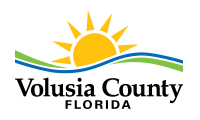
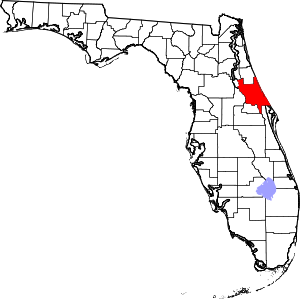
The Timucua were a large and diverse group of indigenous people who lived in present-day northeastern and north-central Florida, southeastern Georgia, and southern South Carolina. They had a complex society, with a hierarchical government, advanced agricultural practices, and a written language.
The Ais tribe, also known as the “Ays” or “Jega,” were a tribe of Native Americans who inhabited the area along the Atlantic coast of Florida. They were hunter-gatherers and had a complex social structure. They were known for their intricate shell mounds, which were used for burials and ceremonial purposes.
Both tribes were affected by the arrival of European explorers in the 16th century. They were also affected by the spread of diseases brought by the Europeans, which decimated the native population. Many of the survivors were enslaved or forced to work on Spanish missions. Eventually, the Timucua and Ais tribes were assimilated into other tribes or became part of the Seminole Nation, which was formed by the Creek people and escaped slaves.
Today, the descendants of the Timucua and Ais tribes are part of the Seminole Nation and the Miccosukee Tribe of Indians of Florida, both of which are recognized by the United States government.
In the early 16th century, the region was explored by Spanish conquistadors, including the explorer Juan Ponce de León who was the first European to visit the area in 1513. They established a number of missions and settlements in the area. However, it was not until the early 19th century that the area began to be settled in any significant numbers by European immigrants. The county played a significant role in the Civil War, with Confederate troops stationed in the area.
In the 1800s, several colonies were established in Volusia County, Florida. One of the earliest colonies was the New Smyrna colony, which was established in 1768 by Dr. Andrew Turnbull, a Scottish physician and planter. The colony was located on the banks of the Mosquito Lagoon and was intended to be a model agricultural community. However, the colony faced many challenges, including harsh working conditions, disease, and conflicts with the Seminole tribes. Eventually, most of the colonists left the colony, and it was eventually abandoned.
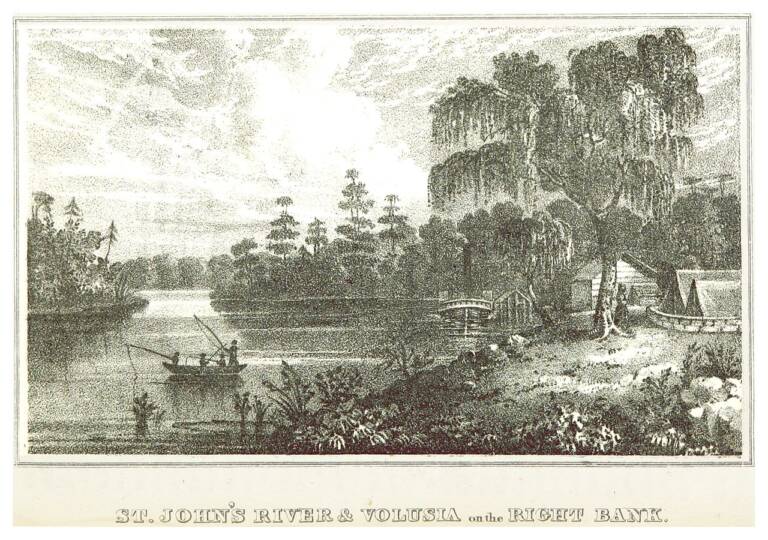
Another colony that was established in the 1800s was the Bostonian colony in Enterprise. This colony was established in 1872 by a group of Northerners, led by a businessman named Henry DeLand. The colony was intended to be a model agricultural and industrial community, and it attracted many settlers from the North. The colony was successful, and it led to the development of the city of DeLand and the surrounding area.
In addition, there were other colonies established in the county, such as the colony of Sanlando, which was established by a group of settlers from the state of New York in 1882. The colony was located on the banks of the Wekiva River and was intended to be a model agricultural community. However, the colony was not as successful as others, and most of the settlers left the colony after a few years.
All of these colonies played an important role in the development of Volusia County, paving the way for the citrus industry and other agricultural pursuits, as well as providing a base for the growth of towns and cities like DeLand and New Smyrna Beach.
In the late 19th and early 20th centuries, Volusia County experienced a period of rapid growth and development. The construction of the Florida East Coast Railway in the late 19th century helped to stimulate economic growth and development in the region, and brought a flood of new residents and tourists to the area. The growth of the citrus industry also contributed to the county’s rapid growth.
Volusia County has a long history of being a popular tourist destination, particularly for its beaches. The county’s beaches, such as Daytona Beach, New Smyrna Beach, and Ormond Beach, have been drawing visitors for decades. In the early 20th century, the county’s beaches became known as a destination for automobile racing, with the Daytona Beach Road Course hosting races as early as 1902. This led to the development of the city of Daytona Beach as a major tourist destination and the eventual construction of the Daytona International Speedway.
In the mid-20th century, the county’s beaches continued to attract visitors with the rise of the “beach culture” and the development of the “beach bum” lifestyle. This led to an increase in beachfront hotels, motels, and other tourist-oriented businesses.
Another important change that has occurred in the county since the 1950s is the development of the space industry. The county is home to the Kennedy Space Center, which was established in the 1960s and has played a key role in the United States’ space program. The Kennedy Space Center continues to be an important part of the local economy and has attracted many businesses and researchers in the space industry.
Volusia County, Florida is made up of several different areas, each with its own unique character and features. Some of the main areas in the county include:
Daytona Beach: This is the county’s largest city and is known for its famous beach and its role in the history of automobile racing. The city is home to the Daytona International Speedway and the Daytona Beach Boardwalk, as well as many hotels, restaurants, and shops.
DeLand: This is the county seat and is known for its historic downtown area, which features a collection of Victorian-era buildings. The city is home to Stetson University, one of the oldest private universities in Florida.
New Smyrna Beach: This is a coastal city that is known for its beaches, as well as its historic downtown area, which features a collection of homes and buildings from the late 19th and early 20th centuries.
Ormond Beach: This is another coastal city that is known for its beaches, as well as its historic sites, such as the Ormond Memorial Art Museum and Gardens, and the Casements, the winter home of John D. Rockefeller.
Deltona: This is a suburban city that is located in the center of the county. It is known for its natural beauty, with many parks and preserves, as well as its recreational opportunities, such as golfing and fishing.
Port Orange: This is a coastal city located on the Halifax River. It is known for its beaches, parks, and recreational opportunities, such as boating and fishing.
Edgewater: This is a coastal city located on the Indian River. It is known for its marinas, parks, and recreational opportunities, such as boating and fishing.
These are some of the main areas in Volusia County, but there are many other smaller towns and communities throughout the county. Each area has its own unique character, history and landmarks, and offers different opportunities and experiences to visitors and residents.
In addition to its beaches, Volusia County is also known for its outdoor recreational opportunities, some examples include:
Hiking: There are many parks and nature preserves in the county that offer hiking trails, such as the Hontoon Island State Park, where visitors can hike through wetlands and pine flatwoods to see a variety of wildlife.
Biking: The county has several bike trails, such as the Spring-to-Spring Trail, which offers scenic views of the natural environment and wildlife.
Boating and Fishing: Volusia County is known for its waterways, such as the Halifax River and the Indian River, which offer great opportunities for boating, fishing and other water activities.
Kayaking: The county has many beautiful kayaking spots, such as the Tomoka River, which offers a peaceful and scenic experience as you kayak through mangrove forests and see a variety of wildlife, including dolphins and manatees.
Surfing: Volusia County is known for its great surf spots, such as New Smyrna Beach, which is considered one of the best surf spots in Florida.
Beach activities: The county’s beaches are a major draw, and offer many activities, such as swimming, sunbathing, beachcombing, and fishing.
Wildlife watching: Volusia County is home to a variety of wildlife, and visitors can take guided tours to see them, such as the manatee and dolphin watching tours.
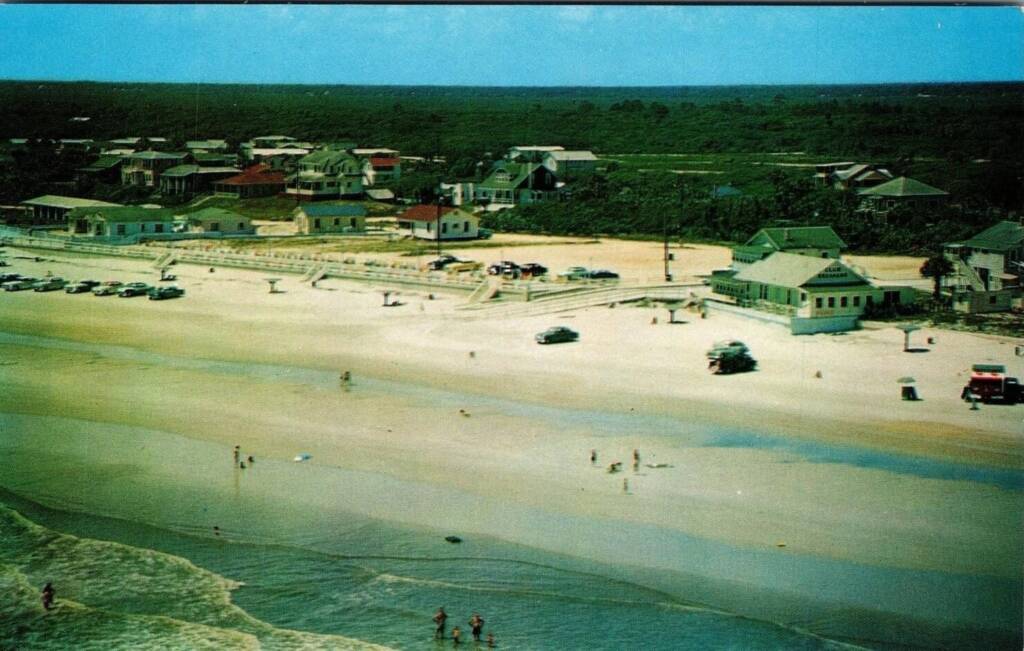
Camping: There are several campgrounds in the county, such as the Blue Springs State Park, which offers primitive and RV camping, as well as opportunities to swim and snorkel in the 72-degree spring waters.
These are just a few of the many outdoor activities that visitors and residents can enjoy in Volusia County. The county’s natural beauty and diverse environment provide many opportunities for visitors to connect with nature and experience the beauty of Florida.
Today, Volusia County is a thriving and diverse community, home to a wide range of people and a variety of cultural and recreational attractions. It’s history is one of growth, change, and progress, and it is poised to continue its development and growth in the 21st century. It is a major tourist destination, drawing millions of visitors each year to its beaches, outdoor recreational opportunities, and historic sites, as well as the theme parks, such as Disney World, Universal Studios and SeaWorld which are just a short drive away.

